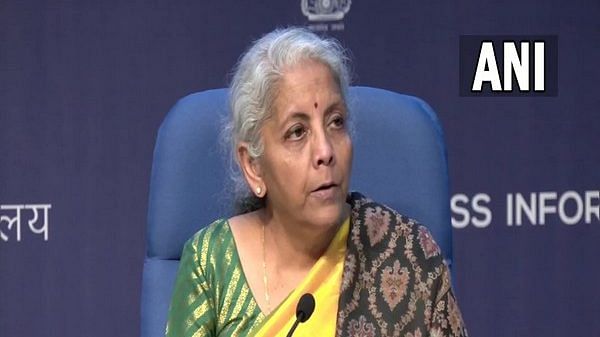The Finance Ministry has gone to great lengths to convince people that it has simplified the income tax regime in India through the introduction of the new tax slabs. The finance minister mentioned it in her Budget speech last week, and since then several secretaries of the ministry have spoken about this element of tax policy at length.
Removing exemptions and reducing the number of tax slabs are certainly steps in the right direction as far as policy simplicity is concerned. But there is a more basic complexity that India’s personal tax policy has introduced, the resolution of which would greatly enhance simplicity. The question is: why are two people who are doing the exact same job with the exact same income level, being taxed differently?
The source of this complexity stems from the difference between Form 16 and Form 16A taxpayers. Put simply, Form 16 taxpayers are salaried employees while Form 16A taxpayers include self-employed people such as doctors, lawyers, consultants, etc. Put even more simply, Form 16 is for salary income while Form 16A is for ‘other income’ that individuals earn.
Why is a doctor employed by a hospital and being paid a salary being taxed differently than a doctor who has opened her own practice? The same question holds for every other profession. Many media houses have journalists who do the same work as their salaried colleagues, but are treated as different entities by the Income Tax Department.
Also read: How Budget 2023 choked three schemes critical to managing food inflation
Changing workplace character needs policy tweak
Now, one can argue that self-employed people such as doctors, lawyers, and accountants, who have their own practice, incur various business-related expenses such as running a home office, entertaining clients, etc, that a typical salaried doctor, lawyer, or accountant might not have to incur.
However, in a post-pandemic world, where work from home is an increasingly viable option for employees and employers, this distinction fades. If you’re working from home, your home is your office, regardless of whether you are a salaried employee or a consultant. Parts of your rent, internet bill, cleaning expenses and other expenses should be legitimate business expenses.
For employees who are on a contract but in every other way identical to their salaried colleagues, this distinction makes even less sense.
Form 16A employees are taxed according to the same philosophy as companies are: you deduct or write-off your expenses from your income, and pay tax on what remains. Basically, taxes are paid on your profits rather than revenue. This is the sensible way to do things. However, this is not really the case for salaried individuals who choose the new tax regime.
Under the old regime, individuals are granted exemptions for their house rent, travel expenses, driver’s salary, fuel costs, and sundry other expenses. This basically means you are paying tax on your profits. With the removal of exemptions under the new regime, salaried individuals will now be taxed on their revenue. That is, they will pay tax on the total income they earn rather than their incomes minus expenses.
Now, the latest Budget has introduced a standard deduction of Rs 50,000 in the new tax regime as well, but that hardly covers annual expenses. People will still largely end up paying tax on their total incomes, minus this small amount.
Also read: Where Budget 2023 excels—fiscal prudence to reviewing ‘Covid spending’
The GST distinction
The other difference between Form 16 and Form 16A taxpayers is to do with the Goods and Services Tax (GST). Form 16A taxpayers are considered vendors of services and so they have to levy GST on their services and transfer that sum to the government. There is no GST component for salaried employees.
So, now you have a situation where identical employees of a company are not only treated differently under direct tax laws, but also under indirect tax laws!
Solutions to such unnecessary complications are, of course, harder to come by.
There are several issues policymakers have to consider. The Form 16 structure does bring in considerable compliance ease for salaried employees as compared to the more complicated tax math Form 16A employees have to do.
For those earning under Form 16, they have the bulk of their tax cut by their employer even before they get paid. Form 16A employees have only a portion of their tax deducted at source, with the rest having to be paid at tax filing time. They have to calculate expenses, what and how much can be written-off, work out how much tax has already been paid, and figure out how much still needs to be paid. It’s not simple.
On the other hand, Form 16A employees often end up paying less tax than salaried employees because they can reduce their taxable income by a larger amount.
One suspects that people would be willing to go through a little more compliance pain if they end the year paying less tax.
The Modi government has shown it is keen to ease tax rules and compliance issues and has made considerable progress here. Fixing this differential tax issue will take some work, but it’s worth it if simplicity is the aim.
Views are personal.
(Edited by Anurag Chaubey)






